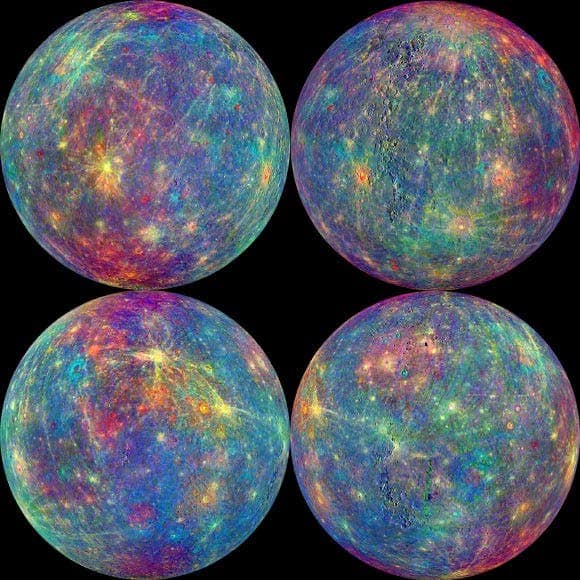The MESSENGER spacecraft spent four years orbiting Mercury, gathering valuable information and sending it back to Earth. But even in its final moments, as it crashed towards the surface of the planet, the spacecraft still did its job – it reported that Mercury has a magnetic field, likely millions of years old.

Mercury is the smallest planet in our solar system, and it’s also the closest to the Sun. It has no atmosphere, and as a result, experiences dramatic temperature shifts, from −173 °C (−280 °F) at night, as it’s facing away from the Sun, to 427 °C (800 °F) during the day. The MESSENGER shuttle was sent to study the planet; launched in 2004, it orbited Mercury from 2011 to 2015, before performing a planned crash onto the surface.
Scientists have suspected for quite a while that Mercury has a significant magnetic field, and MESSENGER confirmed it. Besides Earth, Mercury is the only rocky planet in the inner solar system to have such a large magnetic field. While today it is nowhere near as strong as that of our own planet, it is believed that at one point in the past, Mercury’s magnetic field was 100 times stronger than that of the Earth. We still don’t know for sure why this field exists, but it’s likely that it is due to a liquid core. Another observation which seems to confirm this theory is the fact that the planet’s crust seems to be thicker towards the equator and thinner at the pole. The core accounts for more than 85% of the radius of the planet.
Unfortunately, Mercury’s magnetic field was to small to properly analyze, and MESSENGER had little time to conduct measurements as it was crashing, Mercury’s proximity to the Sun only accounts for about a third of the magnetic influence the planet exerts, so astronomers are still not entirely clear what to make of things, but it seems clear that even after four years of close studies, Mercury still has its secrets.






